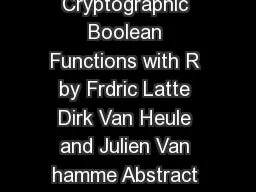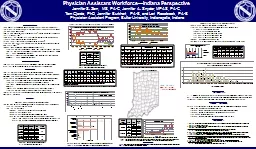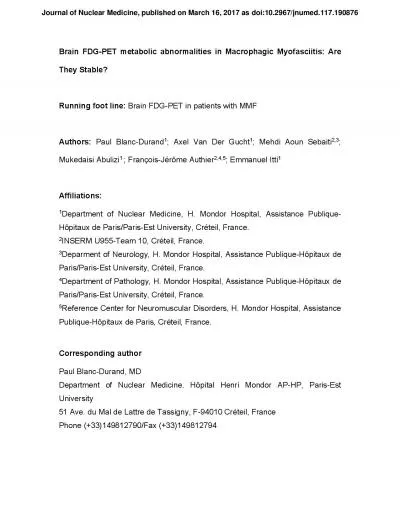PPT-Yuqing Wu, Dirk Van Gucht Indiana University
Author : tatyana-admore | Published Date : 2016-04-11
Marc Gyssens Hasselt University Jan Paredaens University of Antwerp A Study of a Positive Fragment of Path Queries Expressiveness Normal Form and Minimization TexPoint
Presentation Embed Code
Download Presentation
Download Presentation The PPT/PDF document "Yuqing Wu, Dirk Van Gucht Indiana Univ..." is the property of its rightful owner. Permission is granted to download and print the materials on this website for personal, non-commercial use only, and to display it on your personal computer provided you do not modify the materials and that you retain all copyright notices contained in the materials. By downloading content from our website, you accept the terms of this agreement.
Yuqing Wu, Dirk Van Gucht Indiana University: Transcript
Download Rules Of Document
"Yuqing Wu, Dirk Van Gucht Indiana University"The content belongs to its owner. You may download and print it for personal use, without modification, and keep all copyright notices. By downloading, you agree to these terms.
Related Documents














